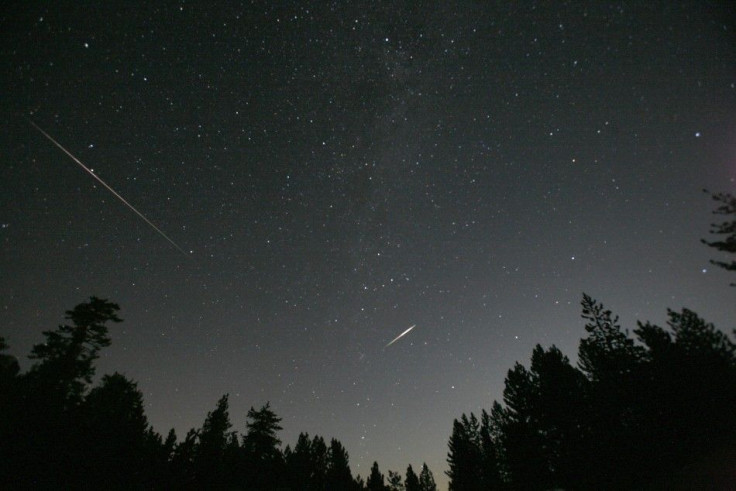Giant Comet Almost Hit Earth in 1883
Researchers Examining Hundred Year Old Data Find Troubling Facts

Authors of a new scientific paper have reexamined the observations of a 19th century Mexican astronomer, and concluded he may have witnessed a comet that, if it had struck the Earth, would have obliterated all existing life.
In August 1883, Jose Bonilla took a picture of a mysterious object passing in front of the sun. Fast forward over 100 years, and Hector Javier Durand Manterola and his colleagues at the National Autonomous University of Mexico in Mexico City have published a study of the photograph where they say it was actually a comet in the process of breaking up.
"Our working hypothesis is that what Bonilla observed in 1883 was a highly fragmented comet, in an approach almost flush to the Earth's surface," wrote Durand, the lead author of the report.
"Using the results reported by Bonilla, we can estimate the distance at which the objects approach to the Earth's surface. According to our calculations, the distance at which the objects passed over was between 538 km and 8,062 km, - and the width of the objects was between 46 m and 795 m."
The team believes that the fragments would have passed Earth as close as 600 to 8,000 km from the planet's surface. Fragments of the comet would have been 50 to 800 km wide, while the intact comet would have weighed a billion tons.
The massive comet, if it had hit Earth, would have the same impact as the object that killed off all the dinosaurs. In fact, if an individual fragment had hit Earth it would have the same effect as the Tunguska impact in Siberia in 1908. Given that Bonilla saw 447 objects, if all of them had collided with Earth, it would have been an extinction event.
The scientists also say astronomers at that time wouldn't have been able to see the comet and the comet chunks because the fragments were so close to Earth. Only those chunks in line with the sun would have been visible. Bonilla was lucky to see the comet in Mexico. Any astronomers in northern India and Southeast Asia would have seen it too, but if anyone observed it there in the 1880s, they left no records.
© Copyright IBTimes 2024. All rights reserved.











